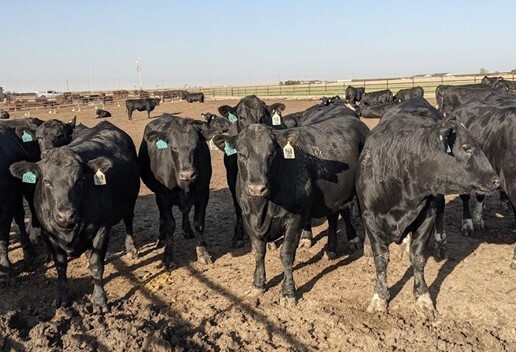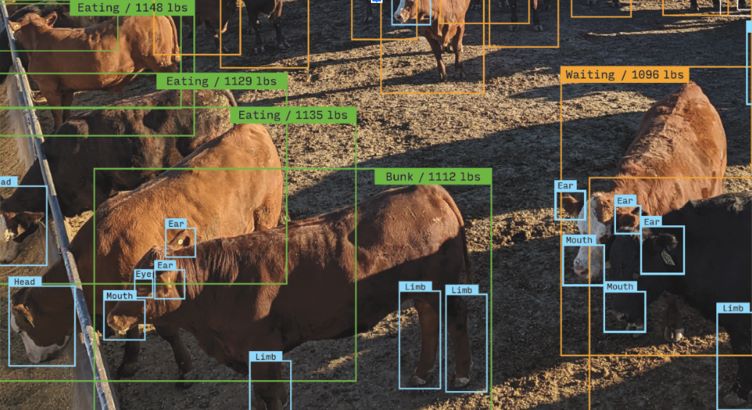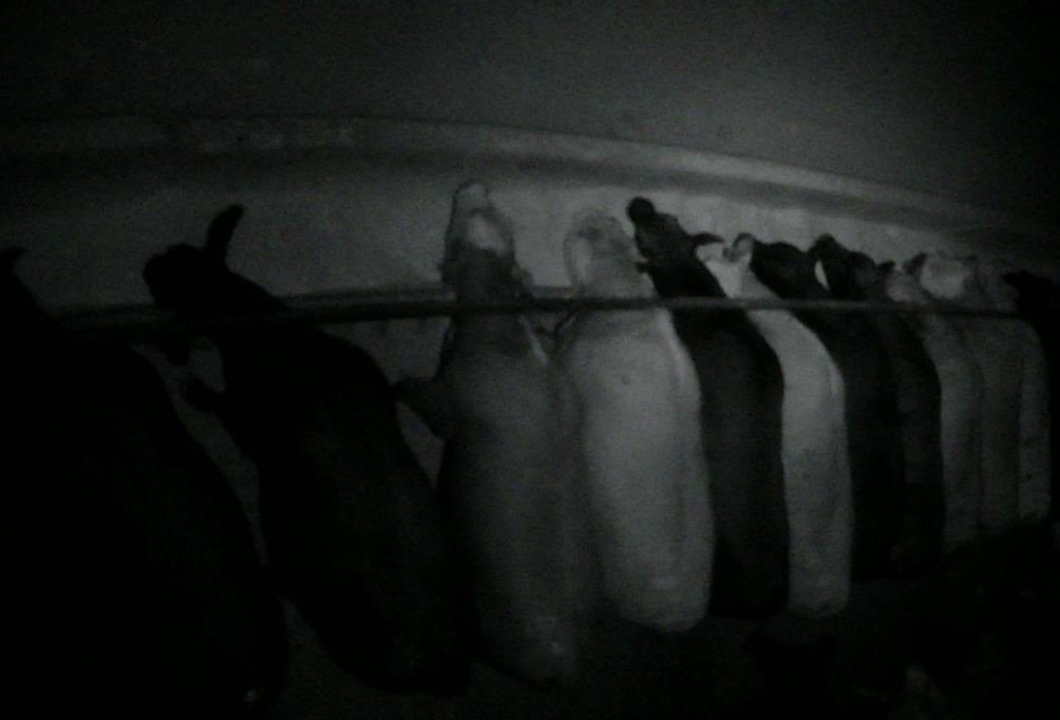While historically difficult to measure consistently, feeding aggression can be a key insight to better feedbunk management. Today, technology allows objective collection of feeding aggression 24/7/365. In this bulletin, we’ll share examples across three key phases of the feeding period demonstrating where and how a reliable aggression score can be a useful input to a bunk management program.
In Bunk Line Bulletin #1 we discussed a brief history of bunk management, the evolution of feeding technology and how gaps still exist between required and available data for optimizing feed intake. To get a sense of how important these data are in identifying ways to improve performance, reduce losses, and maximize gain and profit, consider the following examples in three phases of confined cattle feeding.
Defining Aggression
Feeders live by the mantra, “feed the cattle, not the bunk”, by which they mean you have to observe feeding behavior to make good feeding decisions. Aggression is a common term to define this behavior, but it is very hard for two people to agree on exactly how to measure it. Using its machine vision platform, PLT derives a consistent aggression metric based on exact counts of cattle at or near the feedbunk, taking into account such factors as their orientation and distance from the bunk. These inputs are gathered day and night, easily adapting to any feeding schedule or time of year.
Starting Period
Bringing cattle up on feed is challenging. In addition to adjusting to a high-energy diet, cattle must get accustomed to unfamiliar pen mates, limited bunk space, and exposure to disease. Intake volatility driven by these factors can lead to metabolic upsets that reduce intake over an entire feeding period (Schwartzkopf-Genswein, K, et al. 2003).
To reduce the risks inherent in starting cattle, aggression scores can tell feeders when cattle have settled and are ready to consume a higher energy ration with less risk of metabolic events.
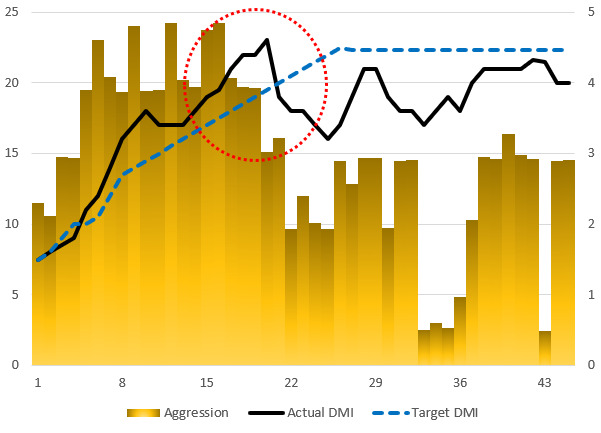
Mistakes during the starting period can be costly and can even limit intake for an entire feeding period. In this example, the inability to see that aggression was falling while consumption was increasing resulted in lost gain worth $2 to $4 per head during the first 45 days on feed and at least four additional days to reach target weight.
Middle Period
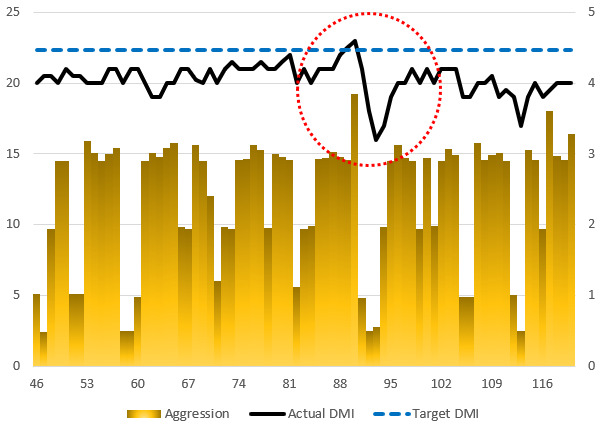
During the middle period, it is crucial to reach a target intake that will maximize performance and profitability. As cattle approach the target level, increases are usually slowed based on feeding behavior and slick times. Night slicks will indicate whether feed amounts should be increased, held steady or reduced. Aggression scores at first feedings can enable same day adjustments to afternoon feed calls. Reaching and maintaining the target correctly avoids both temporary declines and sustained losses over the remainder of the feeding period. In the example above, lost intake from the highlighted event costs $5 to $10 per head and requires an additional 10 days for the cattle to reach target weight.
Finishing Period
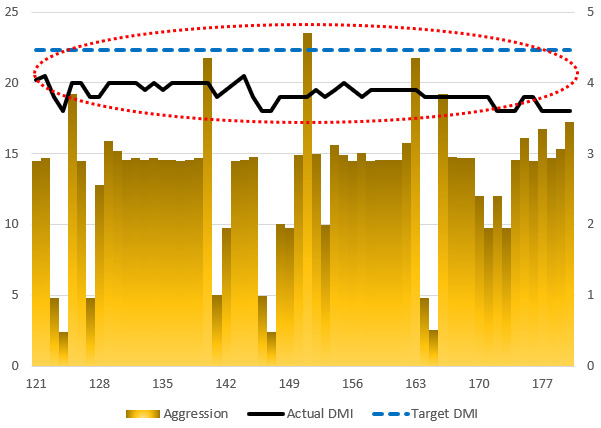
The last 40-60 days of the feeding period is when sunk costs are highest and intake provides the least gain. Feed callers must be vigilant against overfeeding as heavy cattle with latent respiratory disease are also more prone to bloat, acidosis and sudden death. In addition to closely monitoring feeding behavior, accurate slick times are critical to allow feeders to avoid larger intake losses due to changes in body composition. Losses below target intakes can cost as much as $10 to $20 per head during this period.
In Conclusion
Accurate, real-time data on bunk conditions and feeding behavior can allow feeders and nutritionists to fully realize the potential of modern feeding strategies. The Precision Livestock Technologies Bunk Management System provides timely data specifically designed to allow feed callers, lot managers and nutritionists to maximize profit and minimize risk. The system gives producers the ability to “tune” the system to align with their feeding strategy and ensure their skilled resources apply their knowledge where it has the most impact.
In the next Bunk Line Bulletin, we’ll dive more deeply into the system’s capabilities and how it is designed for flexibility and adaptation to any bunk management program.

